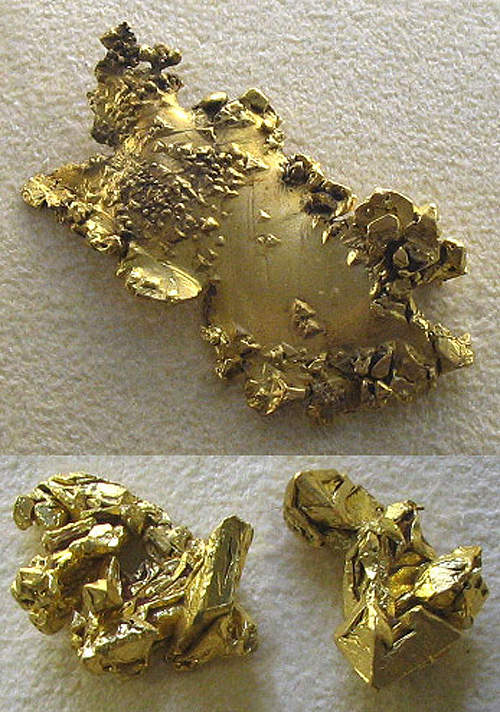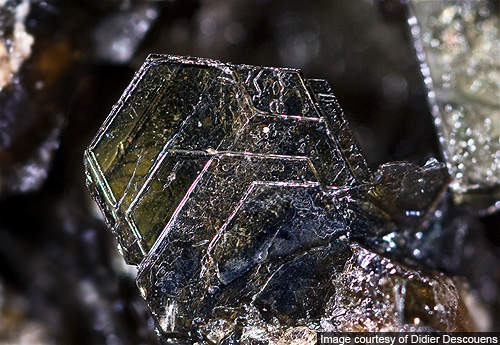The White Dam gold mine is located in South Australia, 80km west of Broken Hill. Currently at the advanced stage of development, the gold project includes the open pit mine, dump / heap leach, the gold extraction plant and related infrastructure. The project is owned by a joint venture between Exco Resources and Polymetals Australia, which hold 75% and 25% respectively. Polymetals owns the right to manage and operate the project.
The mine produced its first gold in April 2010, and was officially opened on 10 June 2010 at a cost of A$14m. By 3 June 2010, the mine had produced 6,171oz of gold, exceeding its estimated annual production rate of 50,000oz gold. White Dam is expected to produce 120,000oz of gold over its lifespan.
White Dam reserves
The mine contains 5,752Kt of indicated resources graded at 1.07g/t Au. The indicated resources are inclusive of 5,149Kt oxide material and 603Kt fresh material. Resources classified as inferred within the mine have been estimated to be 1,315Kt including only fresh material and graded at 0.88g/t.
The probable reserves total 4.94Mt graded at 1.07g/t Au. The probable reserves, which were re-estimated in September 2009, saw an increase of 21,400oz compared to the previous probable reserve estimate.
Geology at White Dam
The White Dam deposit lies within the Curnamona province within the Wiperaminga subgroup of the Palaeoproterozoic-aged Willyama supergroup. Leucocratic banded and veined gnesis besides biotite-rich selvedges host the gold and copper mineralisation within the deposit.
The mineralisation remains restricted by faults towards the western and southern ends of the deposit. Bedrocks bordering the deposit are albitite, with small amounts of granitoids to the south and amphibolite and gnesis in the east.
Much of the mine area is dominated by alluvial and sheet flow depositional plains and low rises. Creek channel and related plains host the alluvial sediments to the north. Towards the north and the south, low hills host minor exposures of weathered bedrock flanked by combined sheet flow and aeolin sediments. Regolith materials in the south comprise skeletal soils on exposed saprock.
It includes 4m red / brown quartz-rich alluvium in the north east, and lithic and quartzose reddish / brown colluvium across the remaining part of the deposit.
Combined aeolin and colluvial sediments between 1cm and 10cm thick are found widely across the deposit. Alluvium and colluvium are hosted over the kaolinitic saprolite, which thickens up to 50m towards a significant north-striking fault and becomes shallow at the eastern end of the deposit. Several generations of regolith carbonates are hosted as grain-like mottles and rhizomorphs within alluvial and depositional plains that flank the creeks. It is also found as fragmented and node-type hardpan carbonates within the thinner covers on the erosional rises.
Mineralisation at White Dam
Gold mineralisation is found within an extensive stockwork of pyrite and chalcopyrite veins, the main ore minerals within the sulphide zone. When compared to other iron oxide-gold-copper deposits, the deposit contains relatively low iron. Iron in White Dam occurs within biotite, instead of magnetite or hematite. There are no occurrences of enhanced As, Ag, Ni, Cd, Sb or Pb abundances.
Sulphide minerals are oxidised to a depth of 50m. Gold within the zone has been relocated and is hosted within biotite lamellae. Minor local copper, chalcocite and covellite are found in areas of supergene enrichment.
Open pit mining
Mining is carried out using traditional open pit techniques. Gold from the ore is recovered using dump and heap leaching techniques. According to the mining plan, the western section of the deposit, which hosts high-grade ore, is being mined first. The lower-grade ore, hosted in the eastern portion of the pit, will be mined at a later date.






